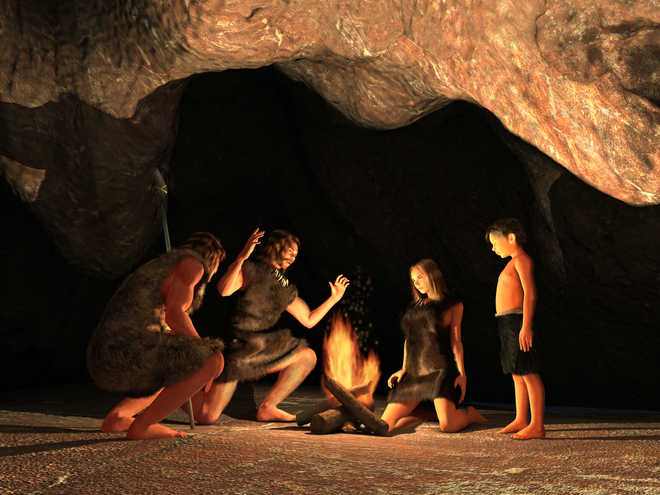
Photo source: Thinkstock
London
The ability to focus on detail, a common trait among people with autism, allowed realistic art to flourish 30,000 years ago during the ice age, according to researchers.
Ice age ancestors have created exceptionally realistic art including the extremely accurate depictions of bears, bison, horses and lions.
While many have argued that psychotropic drugs were behind the detailed illustrations, the new study argued instead that individuals with "detail focus"—a trait linked to autism, kicked off an artistic movement that led to the proliferation of realistic cave drawings across Europe.
"Detail focus is what determines whether you can draw realistically; you need it in order to be a talented realistic artist. This trait is found very commonly in people with autism and rarely occurs in people without it," said lead author Penny Spikins from Britain's University of York.
"We looked at the evidence from studies attempting to identify a link between artistic talent and drug use, and found that drugs can only serve to dis-inhibit individuals with a pre-existing ability. The idea that people with a high degree of detail focus, many of which may have had autism, set a trend for extreme realism in ice age art is a more convincing explanation," Spikins added.
The research adds to a growing body of evidence that people with autistic traits played an important role in human evolution.
"Individuals with this trait—both those who would be diagnosed with autism in the modern day and those that wouldn't—likely played an important part in human evolution and survival as we colonised Europe," Spikins said.
Besides contributing to early culture, people with the attention to detail would also have had the focus to create complex tools from materials such as bone, rock and wood, the study showed.
"These skills became increasingly important in enabling us to adapt to the harsh environments we encountered in Europe," Spikins noted. IANS



























